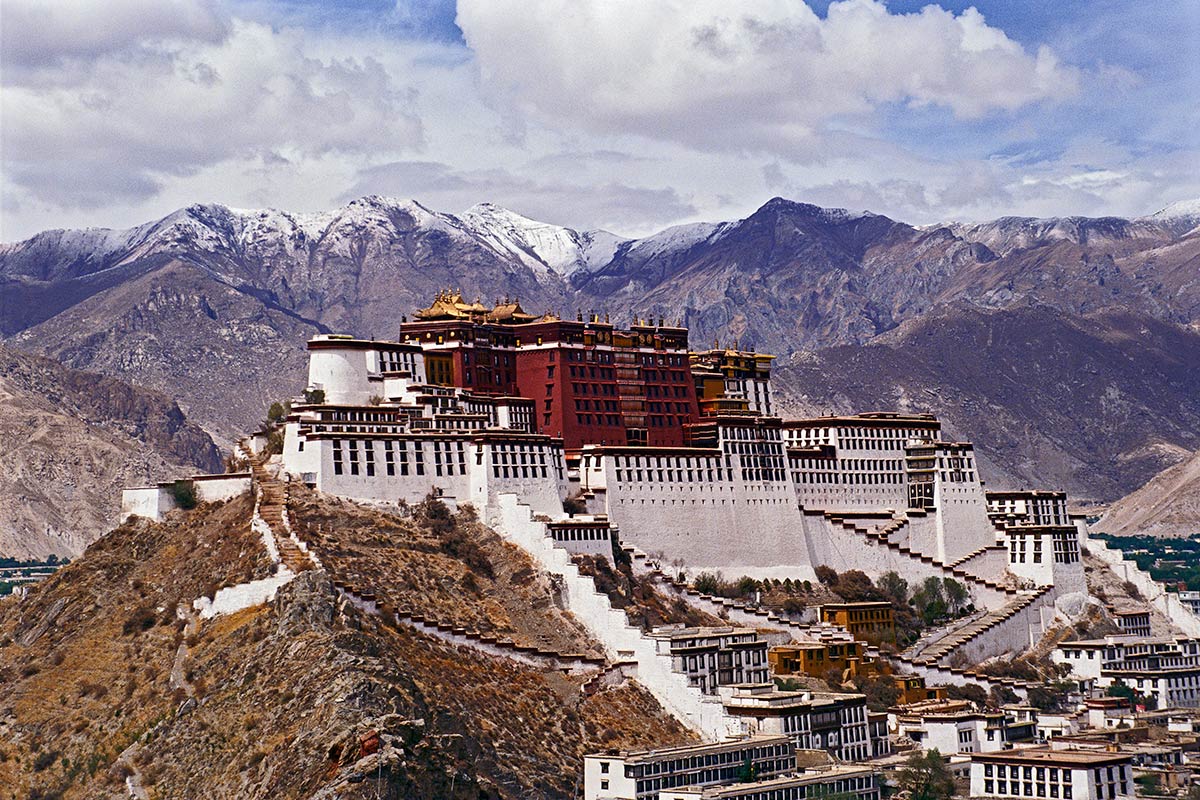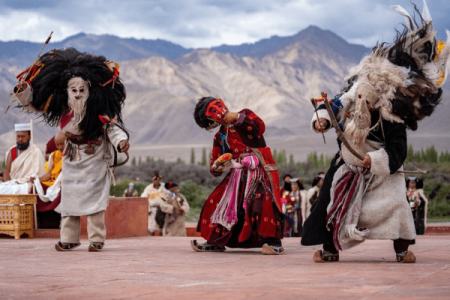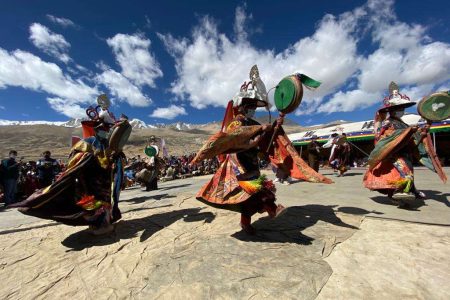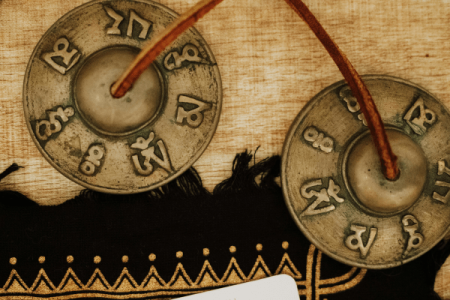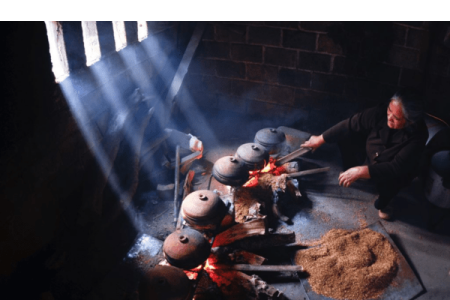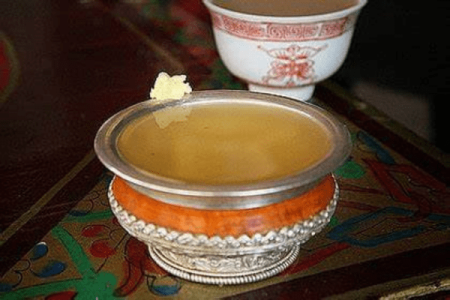Conclusion
Rizong Monastery is not just a place of worship; it is a testament to the enduring spiritual heritage of Ladakh’s high-altitude borderlands.
Situated approximately 73 kilometers west of Leh, in the secluded Sham Valley, Rizong Monastery—also known as Yuma Changchubling—was founded in 1831 by Lama Tsultim Nima. Affiliated with the Gelugpa (Yellow Hat) sect of Tibetan Buddhism, the monastery is renowned for its strict adherence to monastic discipline and the Vinaya rules. Often referred to as the “Paradise for Meditation,” Rizong Monastery serves as a significant center for the study of Buddhist philosophy and traditional monastic education.
Perched atop a rocky hill in a remote valley, Rizong Monastery offers panoramic views of the surrounding Himalayan landscapes. The monastery’s architecture features a central relic shrine (Sku-Gdung) housing the remains of its founder, surrounded by frescoes of Dharma-raja and other deities. Nearby, the Chulichan Nunnery, located about 2 kilometers from the main monastery, is home to approximately 20 nuns who engage in spiritual practices and support the monastic community.
For devotees, Rizong Monastery provides a sacred space to connect with Buddhist teachings. For historians and art enthusiasts, it offers a glimpse into the region’s rich Buddhist heritage. And for travelers seeking peace, the silence and sanctity of Rizong Monastery speak volumes.
Whether you’re a seeker of faith or beauty, Rizong Monastery promises to touch your soul and stay etched in your Ladakhi memories forever.
